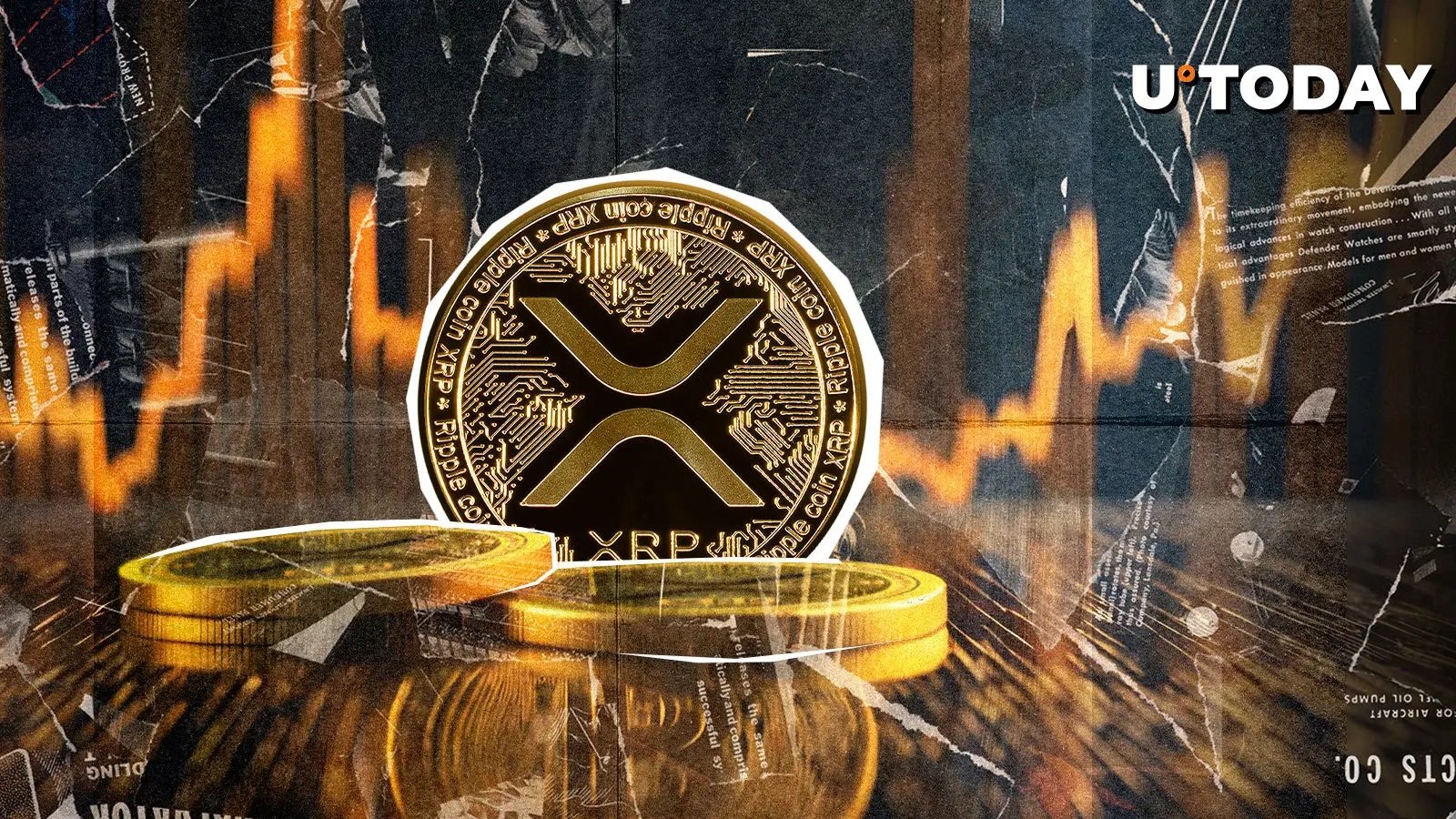
ZKsync officially launched its decentralized governance model in a post explaining how it works, what it is, and the principles on which it is built. According to the Ethereum Layer 2 protocol, the newly launched governance system is decentralized and includes smart contracts.
The Ethereum Layer 2 scaling solution ZKsync revealed its new governance system in a blog post. It added that the governance model included smart contracts and was active on the mainnet. The L2 scaling solution stated that the new governance model embodied its attributes, such as mission alignment and resilience.
ZKsync launches new on-chain governance model with smart contracts
The Layer-2 scaling solution announced an on-chain governance model that embodies ZK Credo’s values. The Layer 2 Scaling solution also added a new governance model, allowing the community to be involved in decision-making through smart contracts.
The governance model reportedly contains a set of check-and-balance mechanisms that will ensure that one group does not have too much control over the other. The decentralized system is said to allow collective decisions structured around three bodies. ZKsync outlined the three bodies as the Guardians, the Security Council, and the Token Assembly.
In the blog post, ZKsync outlined each body’s roles and how they can participate in decision-making. The Token assembly included the token holders who delegated their voting power to delegates.
The Layer-2 scaling solution also highlighted that, unlike other token organizations where token holders were only allowed to vote on grants, the ZKsync token assembly allowed token holders to vote on proposals to upgrade the system’s governance and protocol.
In the blog post, ZKsync revealed:
“Token holders and their Delegates can initiate ordinary upgrades to the ZKsync protocol directly on chain instead of relying on a single multisig.”
ZKsync also revealed details on the security council, a group of skilled engineers and other professionals. The council’s role is to safeguard the network’s technical security. The security council is required to review the upgrades approved by the token assembly and monitor for probable or active security threats. The L2 scaling solution also stated the security council could stop the protocol and submit time-sensitive upgrades.
However, the Layer 2 scaling solution protocol revealed that the Security Council’s power is limited as they cannot act unilaterally.
ZKsync outlines check and balance mechanisms
The third body’s role, the Guardians, was identified as ensuring that the ZKsync governance proposals were consistent with ZK Credo’s values. ZKsync specified its primary power in the governance system was to exercise its veto powers on proposals.
The veto powers are reportedly intended to ensure that guardians oversee all other decisions made by the two other bodies and that they are aligned. The guardians are also required to protect the protocol by curbing governance attacks by malicious actors.
The protocol added the guardians comprised individuals passionate about the project and committed to maintaining its values.
The ZKsync governance system is live! Full decentralization is here.
Read more about the Token Assembly, Guardians, and Security Council below. https://t.co/PR66JxZL1c
— ZKsync (∎, ∆) (@zksync) September 12, 2024
According to the L2 scaling solution, the governance system ensured that the three bodies collaborated to approve three types of proposals. The protocol listed them as Governance advisory, Token Programs, and ZKsync’s improvement. It emphasized that all bodies have no unilateral power to propose and approve these proposals.
ZKsync concluded by urging community members to use the new system to improve the network’s future through discussion on the ZK Nation Forum.









